There have been many differing opinions about self-breast exams and whether they are beneficial for early detection of breast cancer. In many cases, performing self-breast exams is still considered an important way to get to know your own body and to understand how your own breast tissue feels.
Although a mammogram is the test of choice and the best screening for cancer detection, self-breast exams and clinical breast exams all aide in early detection of breast cancer. Here are some commonly asked questions about self-breast exams and our professional recommendations:
What age should I start checking my breasts?
Currently, most recommendations from health organizations encourage woman to start self-exams at age 20. A clinical exam should be performed every 2-3 years from age 20-40. Yearly clinical exams with mammograms are strongly encouraged after age 40.
How often do I perform a self-breast exam?
Self-breast exams should be performed every 4-6 months after age 20. Remember to examine your breasts after your menstrual cycle has completed.
What am I checking for?
All breasts can feel a little lumpy and bumpy at times. It’s important to “get to know” your breast tissue. Most suspicious lumps will be “hard” like a frozen pea or a pebble. Painful breasts aren’t usually associated with breast cancer but should be monitored and evaluated if pain persists.
How do I perform a self-breast exam?
Self-breast exams may be performed while looking in a mirror, while in the shower or while lying down.
- In the mirror:
Step 1 – Check for dimpling or puckering of the skin. Check for skin changes or discharge from the nipple (in non nursing women).Step 2 – Place your hands on your hips. Tighten your chest muscles and inspect the sides and tops of your breasts for skin changes or irregularities.
- In the shower:
Step 1 – With soap and water; check your right armpit with your left hand, feeling for hard lumps. Check your left armpit with your right hand in the same fashion, again checking for any lumps.Step 2 – Raise your right hand and place your arm behind your head. Use your left hand to feel your right breast in a clockwise, circular fashion. Repeat for your left breast. Raise your left hand and place your arm behind your head and use your right hand to check your left breast in a clockwise, circular fashion.
- Laying down:
Step 1 – Use a small towel or place your left hand behind your head. Use your right hand to check your breast in a clockwise circular fashion starting at the top of your breast or at “12 o’clock”. Again, use a small towel or place your right hand behind your head and use your left hand to check your right breast in a circular fashion starting at he top of your breast at “12 o’clock”.Step 2 – Make sure to check your left and right arm pits for any lumps or bumps.
What should I do if I feel a lump?
See your health care provider for a clinical breast exam.
What if I have a family history of breast cancer?
Keep in mind that a family history of breast cancer may need special screening.
It’s important to discuss appropriate breast screenings with your health care provider.
Self-breast exams are one of many screening tools designed to help with early detection of breast cancer. Specific guidelines for breast cancer screening and exams are often changing. It’s a good idea to discuss current recommendations with your own health care provider or contact the physicians and staff at Billings OB-GYN Associates for more information (www.billings-obgyn.com).
By: Aimee Brown, PA-C, Billings OB-GYN Associates

